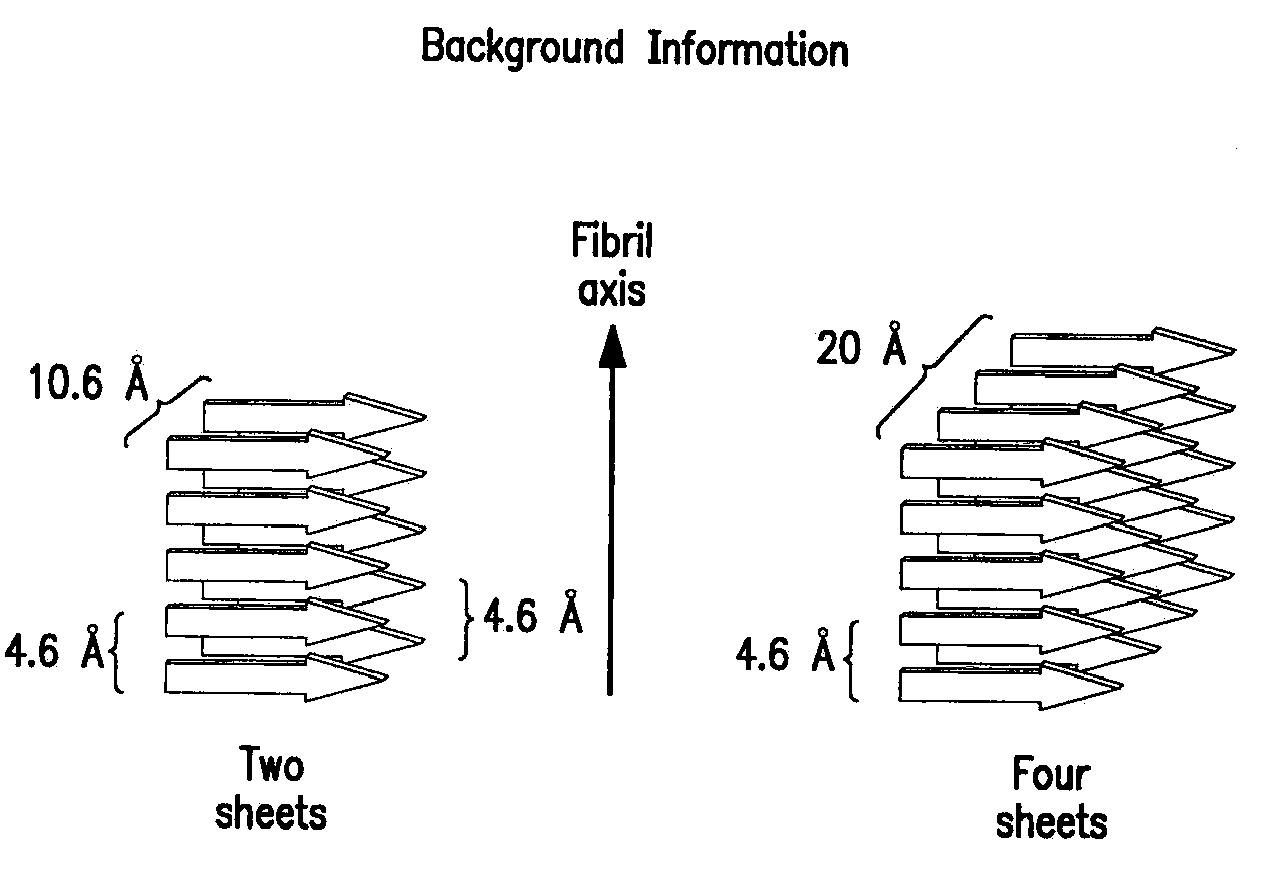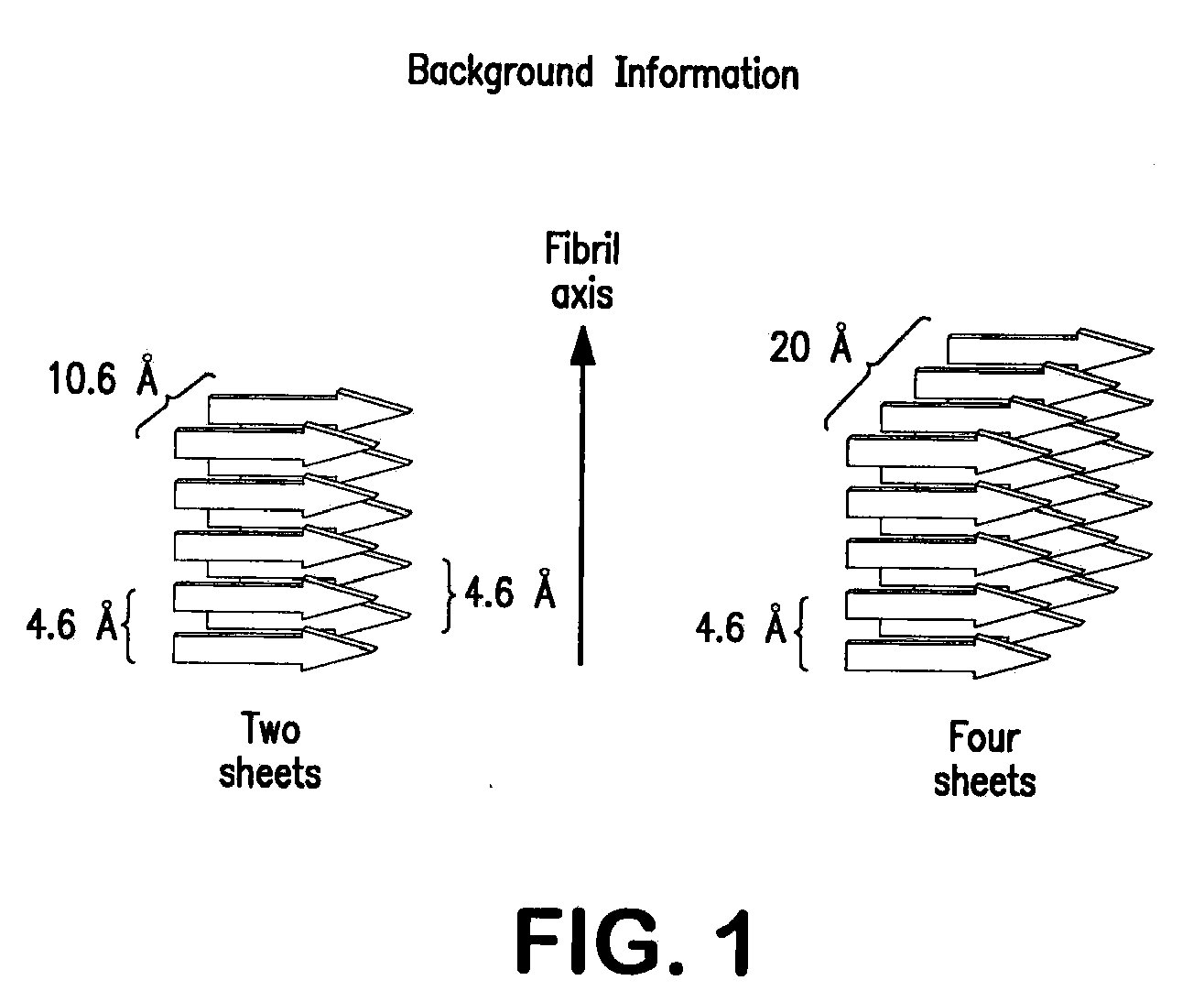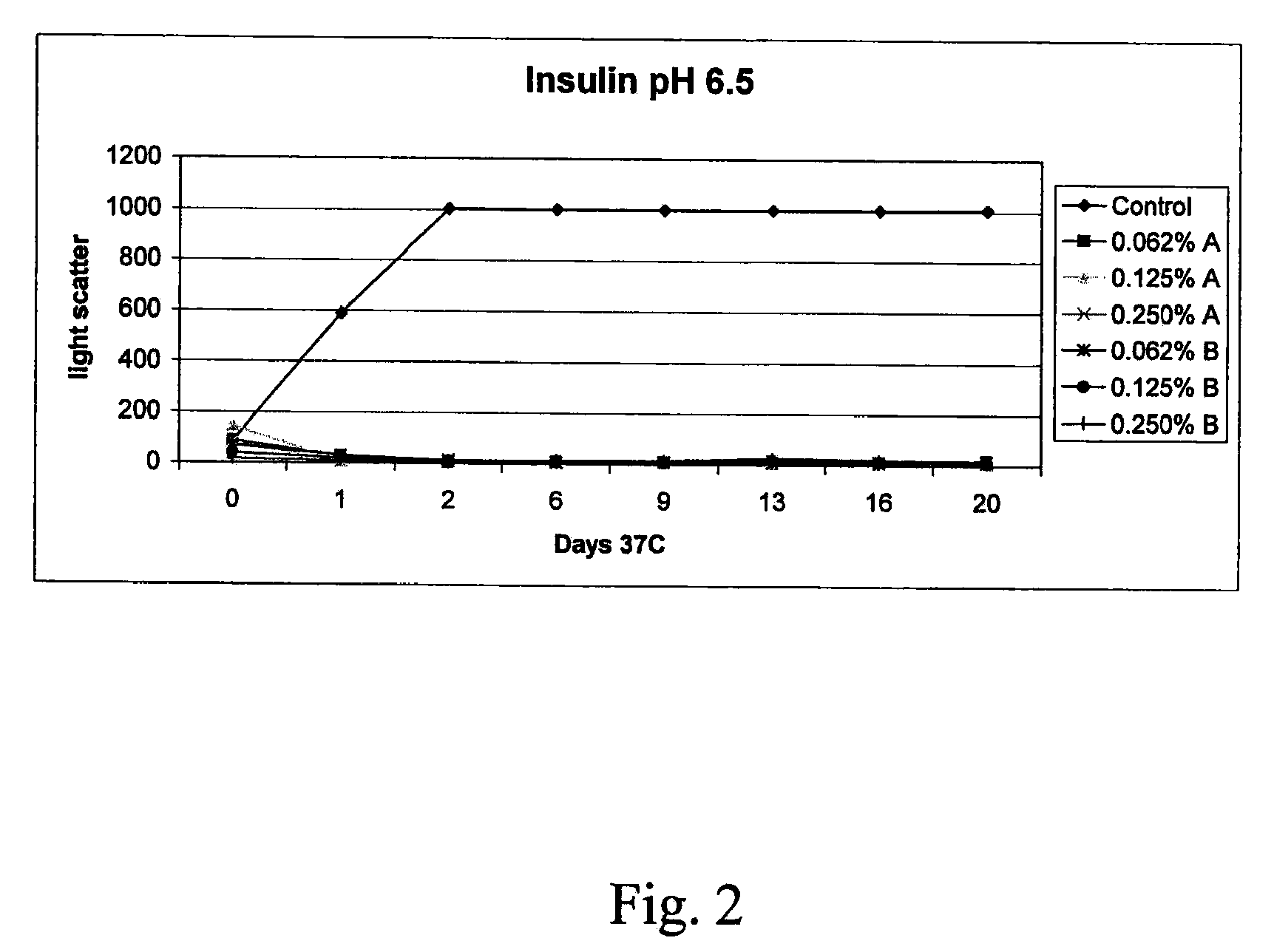Stabilizing Alkylglycoside Compositions and Methods Thereof
a technology of alkylglycoside and composition, applied in the direction of drug composition, peptide/protein ingredient, metabolic disorder, etc., can solve the problems of reducing stability or product shelf life, loss of efficacy, altering pharmacokinetics, etc., to reduce aggregation and immunogenicity, reduce aggregation, and increase the shelf-life of the therapeutic
- Summary
- Abstract
- Description
- Claims
- Application Information
AI Technical Summary
Benefits of technology
Problems solved by technology
Method used
Image
Examples
example 1
Insulin Compositions Having Reduced Immunogenicity
[0129]To six groups of three Sprague-Dawley rats (Charles River, Charlotte, N.C.) weighing between 300 and 350 grams each is administered either: 1) multiple intranasal (i.n.) doses of insulin in pH 6.0 in 5 mM sodium acetate buffer, 0.9% saline, 0.18% dodecyl maltoside (Buffer A1) or 0.125% sucrose monododecanoate (Buffer A2); 2) an intranasal control comprised of insulin in pH 6.0 in 5 mM sodium acetate buffer, 0.9% saline (i.e., containing no alkyl saccharide (Buffer B); 3) multiple subcutaneous injections (s.c.) of insulin in Buffer A, and; or 4) multiple subcutaneous injections (s.c.) of insulin in Buffer B. The intranasal and subcutaneous doses of insulin (0.5 U insulin per rat) are administered once weekly and an equivalent amount (0.5 U) of insulin is administered in a volume of 20 microliters intranasally or 100 microliters by subcutaneous injection. A 3 mL aliquot of each of the above solutions is lyophilized in a 21×70 mm...
example 2
Insulin Alkyl Saccharide Compositions Have Extended Shelf Life
[0136]The effectiveness of insulin formulations may be demonstrated in the Ob-Ob mouse model of diabetes by performing a glucose tolerance test. In a glucose tolerance test a bolus of glucose is administered to the Ob-Ob diabetic mouse by intraperitoneal injection. Because the animal is diabetic, the glucose levels remain elevated for an extended period of time. Upon intranasal administration of insulin (20 microliters containing 0.5 U, administered to a single nare) to the Ob-Ob mouse at the time of the glucose bolus administration, blood glucose levels are seen to return to normal levels much sooner. As the insulin formulation ages, insulin looses activity as a result of self aggregation. In the presence of DDM and SDD, the insulin formulations are seen to retain activity. See the Table below.
TABLE IVInsulin in the presence of alkylglycoside formulations has longer activityTime (min)0′15′30′45′60′90′120′180′240′Blood g...
example 3
TFE Effectively Reduces Fibril Formation and Aggregation
[0137]In one embodiment of the invention, there is provided methods to prepare peptide T or analogs thereof, e.g., D-Ala-Peptide T-amide (DAPTA) solutions. In one aspect of the invention, the peptide T or analogs thereof are of high potency, or bioactivity, and free from fibrils. The fibril formation is, in part, dependent upon salt, temperature, manufacturing, and peptide concentration. However, other physiochemical elements which contribute to fibril formation are contemplated. The following describes a method for reducing or inhibiting fibril formation in peptide T and / or analogs thereof. The methods described herein provide for peptide T and / or analog formulations thereof that are 10-fold greater in potency and bioactivity than peptide T and / or analog formulations in the absence of such conditions or medium. For example, the peptide T or analog formulations thereof, have improved or enhanced or increased blood concentratio...
PUM
| Property | Measurement | Unit |
|---|---|---|
| Temperature | aaaaa | aaaaa |
| Temperature | aaaaa | aaaaa |
| Fraction | aaaaa | aaaaa |
Abstract
Description
Claims
Application Information
 Login to View More
Login to View More - R&D
- Intellectual Property
- Life Sciences
- Materials
- Tech Scout
- Unparalleled Data Quality
- Higher Quality Content
- 60% Fewer Hallucinations
Browse by: Latest US Patents, China's latest patents, Technical Efficacy Thesaurus, Application Domain, Technology Topic, Popular Technical Reports.
© 2025 PatSnap. All rights reserved.Legal|Privacy policy|Modern Slavery Act Transparency Statement|Sitemap|About US| Contact US: help@patsnap.com



